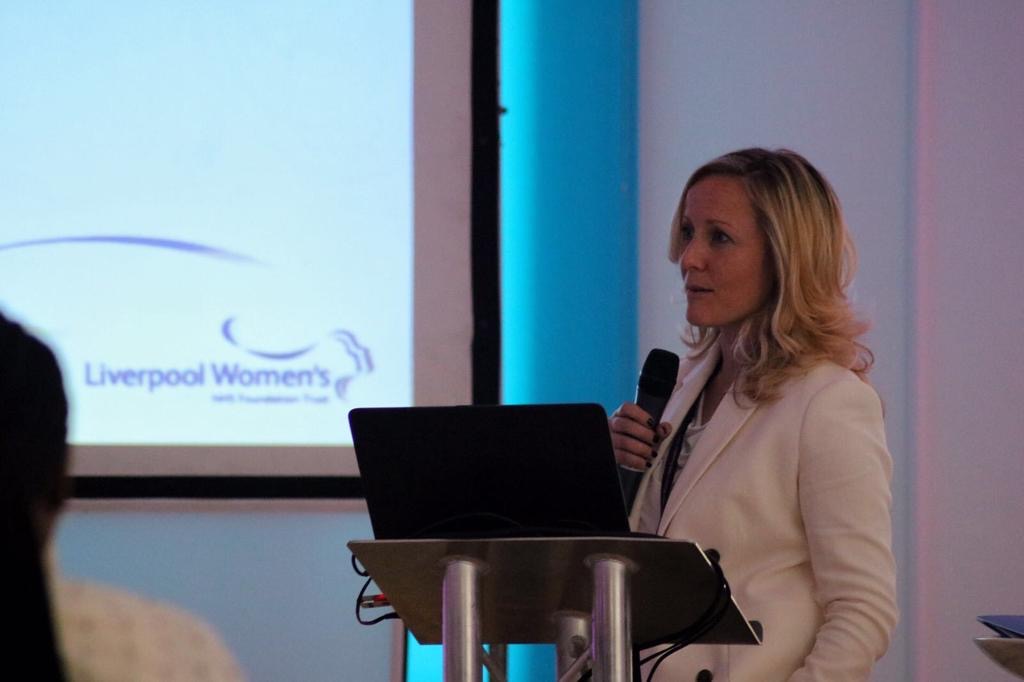Targeted or full population screening for Atrial Fibrillation could reduce long term healthcare costs
Targeted or full population screening for Atrial Fibrillation (AF) could significantly reduce healthcare costs to the NHS in the long term.
The findings, published in the European Heart Journal, found that screening at age 65 for AF would cost either £14.3m for all 65 year-olds or £1.7m for a targeted ‘high risk’ population group in 2020.
If AF is detected and properly medicated and monitored, then there would be a subsequent reduction in the number of stroke cases in 2020 by 4,323 or 510 depending on the group screened, with associated savings of £394.2m and £46.5m respectively.
The paper, written by Paul Burdett, Cardiovascular Programme Manager for Liverpool Health Partners, (pictured below) and Professor Gregory Lip, Cardiovascular Programme Director for LHP, models possible costs and savings to the NHS from AF screenings up to 2030.

AF is the most common sustained heart arrhythmia and a major preventable cause of stroke, heart failure and dementia.
It accounts for a significant amount of NHS funding and over the coming years is highly likely to impose a growing cost on NHS budgets and the wider UK healthcare system.
Approximately one in 100 of the population have AF, though the prevalence increased to more than that in elderly people. The incident rates are increasing due to an aging population and increasing survival rates from conditions associated with AF, such as hypertension and heart failure.
Predicting the likely healthcare costs of screening and subsequent savings for this increasingly common arrhythmia over the next decade would help with NHS and social care resource planning.
Mr Burdett and Prof Lip, Director of the Liverpool Centre for Cardiovascular Science at the University of Liverpool and Liverpool Heart and Chest Hospital, used a prevalence-based approach to estimate the screening cost of AF for 65 years olds and the potential savings that could be achieved from subsequent monitoring and medication of the condition.
You can read and abstract and follow a link to the full paper here.



